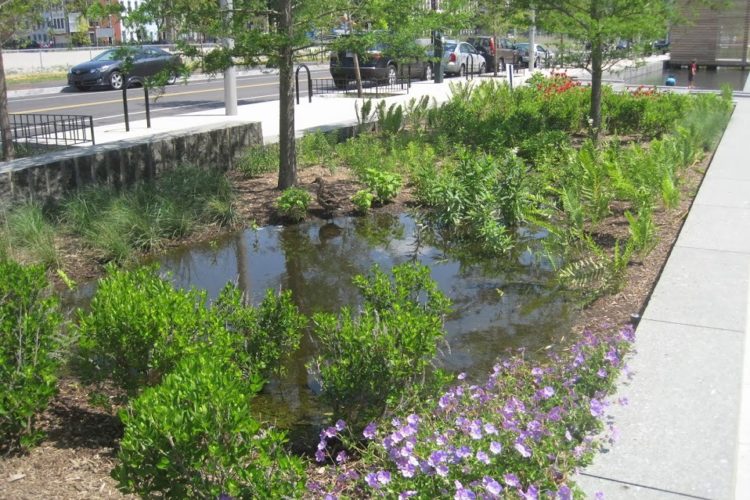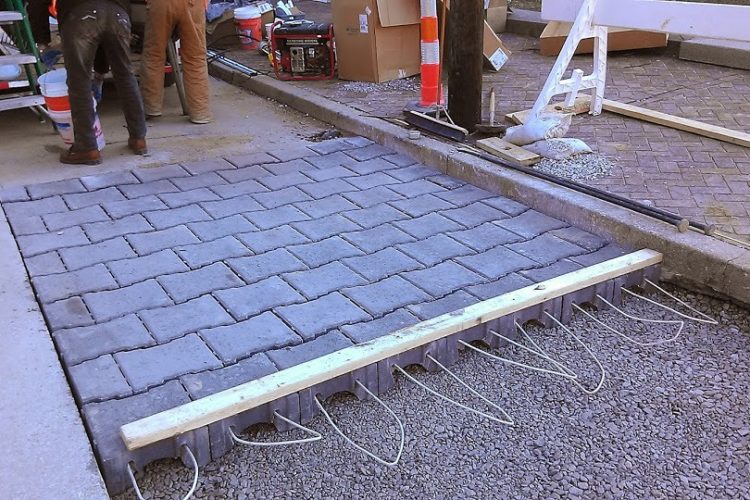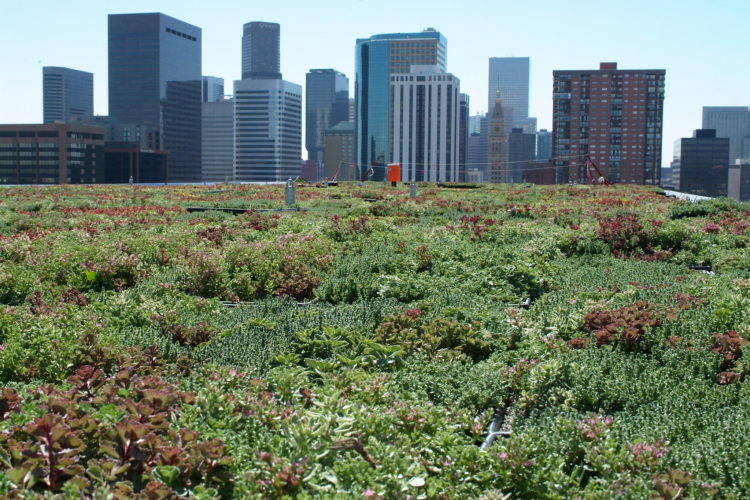We have much more to do and your continued support is needed now more than ever.
Go Green! Go City Life!

Green Infrastructure: when you hear it, you immediately think of open fields in rural areas or forests full of trees and wildlife. Have you ever stopped to think about your city and what green infrastructure looks like in it?
Yes, fellow city dwellers, we can go natural, too!
Green infrastructure is anything that helps absorb, delay, and treat stormwater, mitigating flooding and pollution downstream. Green infrastructure also creates oxygen, sequesters carbon, and creates wildlife habitat.
Here are 3 examples of natural city infrastructure
Parks

Let’s start with the most obvious natural infrastructure that most cities have, parks! We walk our dogs, go for jogs and have family outings in them. Parks are proven to improve air quality, prevent flooding and produce habitat for wildlife.
Permeable Pavement

Green infrastructure includes a wide range of approaches, including permeable pavement, which reduces runoff, rebuilding groundwater, and reducing sudden surges in local streams. Photo and caption: Alisha Goldstein, EPA
Living in the city there’s no shortage of pavement, we are literally paved in place! Did you know that there is a way that we can have the paved roads that we are used to and still be environmentally responsible?
Permeable Pavement is made of pervious concrete, porous asphalt, or permeable interlocking pavers. It treats and stores rainwater, which could be very useful in areas prone to heavy flooding.
So if you’re looking for ideas to share with your local officials as we begin major infrastructure talks, don’t forget permeable pavements!
Green Roofs

An energy cost-effective way to grow plants, vegetables and help manage stormwater. Dense urban areas will benefit the most from green roofs, they store water, making a rooftop garden ideal.
These are just a few examples of how us city folk can enjoy greener scenery. In 2017 the National Wildlife Federation wrote an extensive article committed to helping cities understand why they matter in the face of climate change, With more than half of the world’s population currently living in cities, 70% of America’s population is concentrated in urban areas, it’s important to understand how we move forward and build climate-resilient communities.






















